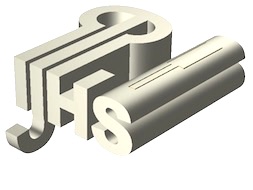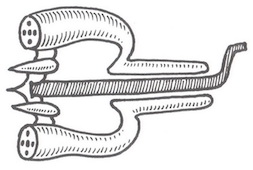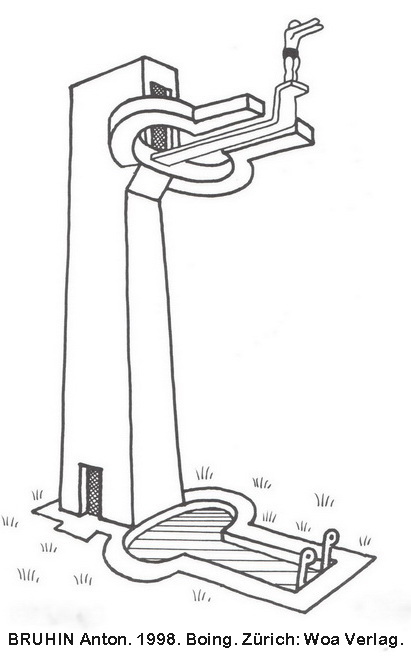History of the International Jew’s Harp Festival & Congress (IJHSF)
Since 1984, the International Jew’s Harp Festival & Congress has been a unique platform where cultures, traditions, and musicians from around the world meet through the magical sound of the jew’s harp.
Origins
In the midst of the Cold War, two visionaries—Ivan Alexeyev in Sakha-Yakutia and Fred Crane in the U.S.—recognized the cosmic, even subversive beauty of the jew’s harp. Their efforts inspired the creation of national jew’s harp societies and eventually the first international festivals.
Festival Highlights
- 1984 – Iowa City, USA: The first festival linked the U.S. and Europe, presenting rare recordings of Yakutian khomus. It celebrated folk traditions and improvisation.
- 1991 – Yakutsk, USSR: An eye-opener where East and West met face-to-face, exchanging practices and traditions for the first time.
- 1998 – Molln, Austria: Held in Europe’s historic jew’s harp-making center, it fostered true cross-cultural fertilization, opening national styles to a global audience. The International Jew’s Harp Society (IJHS) was officially founded in Molln, a historic step that gave a formal structure to the growing international movement of players, makers, and researchers.
- 2002 – Rauland, Norway: Emphasis on traditional styles, dance, and improvisation, consolidating East–West exchanges.
- 2006 – Amsterdam, Netherlands: The first festival in a major European capital. Hosted at Muziekgebouw, it featured 60 musicians from several continents, plus lectures, films, workshops, children’s activities, and a jew’s harp market.
- 2010 – Kecskemét, Hungary: Organized by Áron Szilágyi, with 70 musicians from 16 countries. It was also the first virtual festival, broadcasting concerts worldwide.
- 2011 – Yakutsk, Russia (Sakha Republic): Under UNESCO patronage, with strong state support. Featured competitions, excursions, a Guinness World Record, and participation in the Yhyakh, the Sakha Summer Solstice Festival.
- 2014 – Taucha, Germany: Embedded in the Ancient Trance Festival, creating a warm fusion with world music and attracting diverse audiences.
- 2022 – Berlin, Germany: Hosted at ufaFabrik with over 100 musicians from 30+ cultures, showcasing both ancient and modern traditions of the jew’s harp.
This journey highlights how the jew’s harp—whether called khomus, mukkuri, drymba, trümpi, jew’s harp or maultrommel—connects people beyond borders, traditions, and eras.


